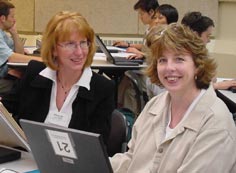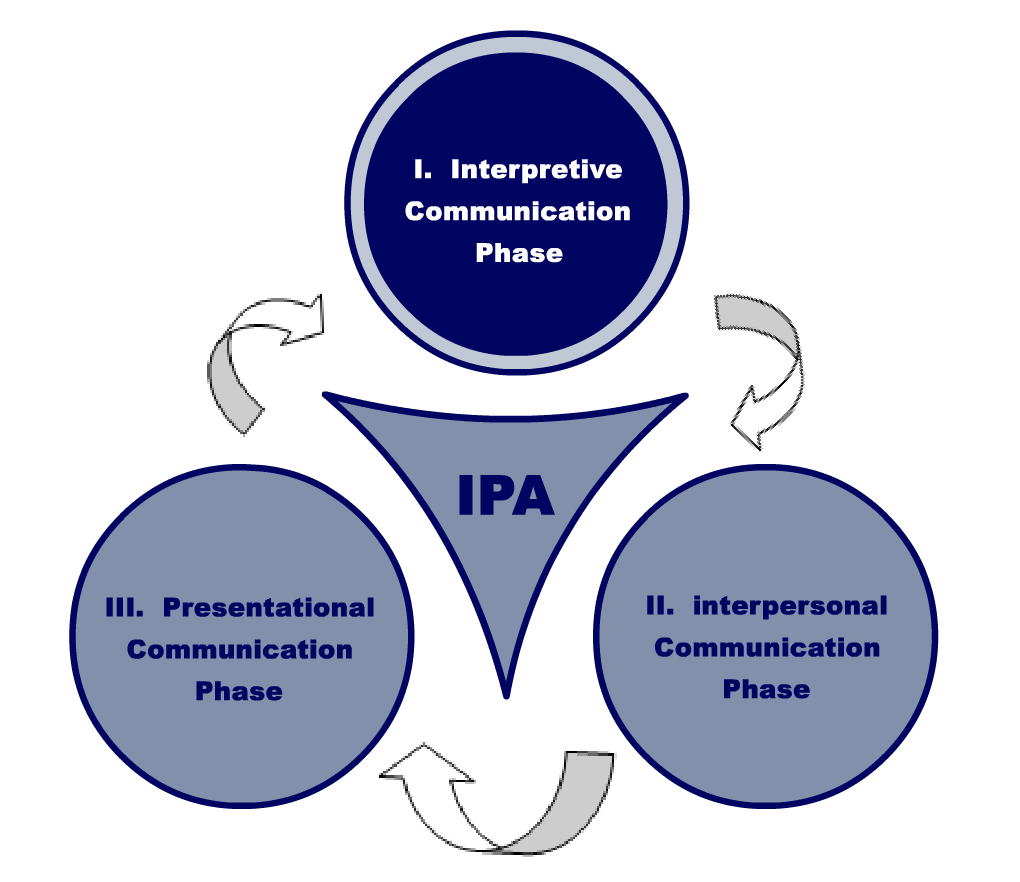 |
|
|||||||||

|
Example 4: Wall of the World by Dawn Breutzman Interpretive Task Materials needed: Authentic Text The text discusses how we are both different from and similar to people all over the world. I have chosen this text as it is directly linked to the content of the unit "I am special. You are special". More importantly, it asks students to look beyond their immediate environment for similarities and differences by considering how the rest of the world might live, think, and feel. As students of this age are acutely aware of similarities and differences among people, the material is both interesting and cognitively appropriate for this level. The text matches guidelines for selecting Novice-level authentic texts for interpretive tasks as outlined by The American Council on the Teaching of Foreign Languages (ACTFL, 2003). Most appropriate for the Novice level are:
Description of Task: As an introduction to the interpretive task I will briefly introduce the text. We will start by looking at the cover and the title. Looking at the picture I will ask them if they can see any differences among the people. Are there any similarities? Pointing to the world I will ask, "What is this?" This will be done in English to encourage the use of structures and vocabulary that have been used throughout the unit. I will then read the title and ask if anyone can guess what the story might be about. Students will be allowed to use their L1 here in order to share more detailed predictions. We will then do a picture walk through the book so they have ample time to study the pictures. After finishing the picture walk, I will ask them once again to predict what the story is about (L1). I will use these predictions as a reference point to get an idea of how much they were able to glean from the illustrations. Instructions for the interpretive task will be given orally in the students' L1. As I will read the text three times and ask them to focus a bit differently each time, I don't want them to focus on reading written instructions instead of concentrating on the story. The oral instructions will be given as follows: Oral Instructions for Interpretive Task
As I read the story the first time, I will ask that they just listen and pay close attention as I point to key illustrations. Upon completion of the first reading I will ask if they were right about what the story is about. If so, how did they know? If not, what made them think otherwise? This will take place in their L1. For the second reading I will ask that students listen for similarities and differences given in the book. After the second reading, I will give each student a set of thirteen pictures that represent the similarities and differences presented in the book (skin, homes, schools, hearts, smiles, pain, etc), as well as three things that were not mentioned in the story such as cars, clothes, and teeth. The word for each will be written on the picture. We will go through the pictures so that the students understand what each one is. Before beginning the activity I will have students spread out so that they cannot see each other's papers. This is feasible with a small class. With a larger class, different sets of pictures could be distributed to insure that each student's work is his/her own. The comprehension guide will consist of a piece of paper with "Different" and "Same" written on the top. I will ask students to place their pictures under the correct heading according to what they heard from the story. I will circulate and make a note of how many and which mistakes each student made. I will read the story once more and have the students make any corrections they see fit. I will circulate again and make a final check of the students' responses.
Scoring: Once student responses have been recorded we will correct the papers together and discuss anything that proved confusing. At this time I will initiate a brief discussion about the content in the students' L1. Although the focus of the unit has been on comparing similarities and differences among ourselves and those around us, the text asks us to look beyond our immediate environment to consider a more abstract and deeper notion of what we share. The inclusion of hearts, smiles, laughter, pain, sorrow, love, etc provide less tangible examples of how we are similar, yet beautifully forcefully illustrate how at our core, we are very much alike. I would like to students begin to see themselves as part of this larger context.
Navigation: Follow the IPA process or go directly to the section that is of most interest to you by clicking on the appropriate category
|
|||||||||
